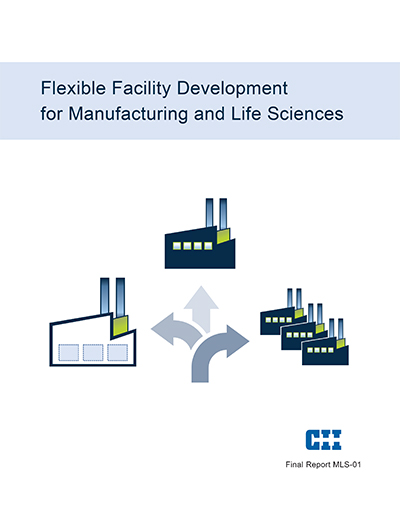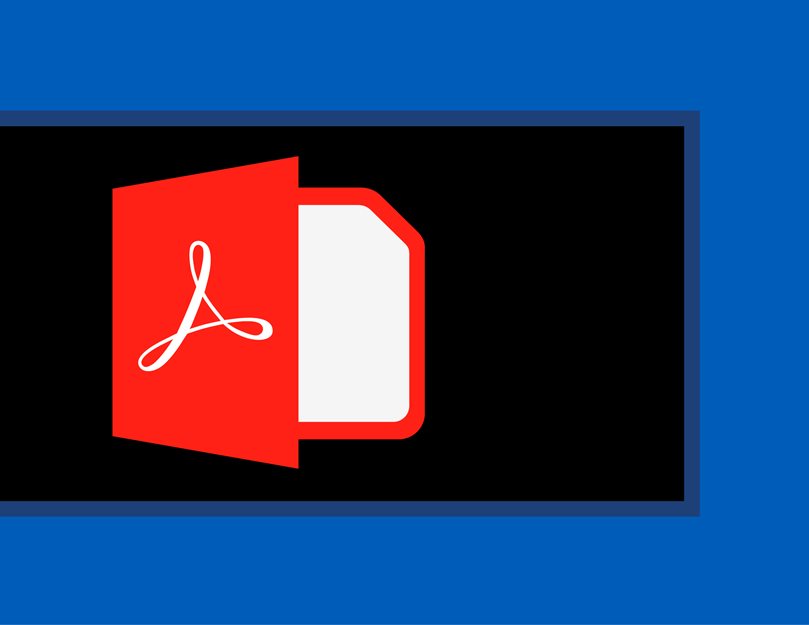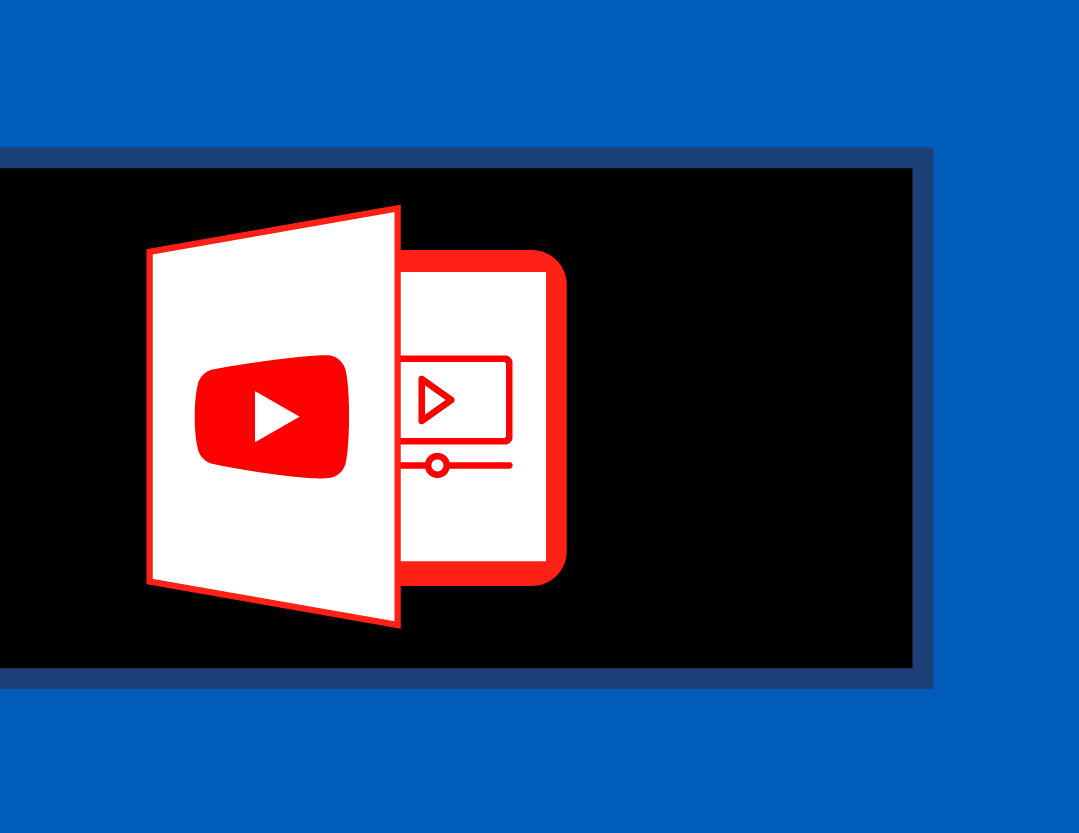
Flexible Facility Development for Manufacturing and Life Sciences
RT-MLS-01 examined the current state of flexible facility development, then identified decision points where the strategic consideration of flexibility has the greatest impact. For each decision point, the researchers developed, piloted, and summarized a unique implementation tool. Together, these three Microsoft Excel-based tools form the Manufacturing Facility Flexibility Decision Support Suite, a resource that provides an objective, fact-based means of managing and adapting to project uncertainty:
- The team used statistical clustering methods to identify common approaches to flexibility and to associate them with specific facility design features, exclusive of the manufacturing process. The clustering revealed three well-defined approaches to facility development – dedicated, scalable, and general purpose – and the team developed a Flexibility Strategy Selection Guide to enable users to select among these approaches. The Strategy Selection Guide recommends the best facility approach for a given application, based on users’ selections of the importance of different factors and a rough order-of-magnitude estimate for the facility. The tool also recommends specific tactics at the building system level, to create incremental flexibility within a given strategy.
- The second tool in the suite is the Flexibility Cost Evaluator. The research team leveraged its members’ industry experience to identify which building systems are most and least sensitive to future changes in the manufacturing process. By using this knowledge, a basic ASTM UNIFORMAT cost estimate, and the user-defined scenarios, the Cost Evaluator produces dynamic cost models that approximate the relative cost investments for varying levels of flexibility. Repeated use of the tool during conceptual design can help project teams balance the desire for flexibility with the amount of initial investment.
- As it conducted the case studies, RT-MLS-01 recognized that design is complex in general, and design with uncertainty about the lifetime of a manufacturing facility is even more challenging. To address this situation, the team developed the Flexibility Idea Generator to encourage brainstorming within the project team. When the user enters a feature to improve and a feature to maintain, this tool returns descriptive and photographic results of inventive principles that satisfy both features. The Idea Generator helps project teams consider possible solutions rapidly and reduces the time it takes to solve design challenges in flexible facilities.
RT-MLS-01 also analyzed CII’s existing tools and identified which topics could support the development of a flexible facility. The team summarized its findings in a general process map that identifies when each tool should be used in an existing FEL process. This process map allows users to navigate the vast array of CII tools that can assist in flexible facility development.
The first tool in the suite is the Strategy Selection Guide. By drawing on research literature and case study data, the team used statistical clustering methods to identify common approaches to flexibility and associate them with specific facility design features, exclusive of the manufacturing process. The team found that each design feature was often designed with capacity beyond what was strictly necessary to ensure that the facility itself would not become a limiting factor of the manufacturing process. The clustering revealed three well-defined approaches to facility development, and the Strategy Selection Guide enabled users to select among these approaches:
- Dedicated: Optimized for a single product, process, and capacity
- Scalable: Facility starts small but can increase in volume easily and rapidly in the future
- General Purpose: Facility is constructed with large, open floor space or as a shell
The Strategy Selection Guide uses a Choosing-by-Advantages worksheet (in Microsoft Excel) to recommend the best facility approach for each application, given the importance of different factors to the project team and a rough order-of-magnitude estimate for the facility. The tool also recommends specific tactics at the building system level, to create incremental flexibility within a given strategy.
The second tool in the suite is the Cost Evaluator. RT-MLS-01 leveraged its members’ industry experience to identify which building systems are most and least sensitive to future changes in the manufacturing process. By using this knowledge, a basic ASTM Uniformat cost estimate, and the user-defined scenarios, the Cost Evaluator (a Microsoft Excel tool) produces dynamic cost models that approximate the relative cost investments for varying levels of flexibility. The cost models are reported on a dashboard and costs are separated by building system, allowing owners and design teams to quickly explore multiple scenarios based upon the current and future needs of the manufacturing system. Repeated use of the tool during conceptual design can help project teams balance the desire for flexibility with the amount of initial investment.
As it conducted the case studies, RT-MLS-01 recognized that design is complex in general, and design with uncertainty about the lifetime of a manufacturing facility is even more challenging. Design requirements can be at odds with one other, and designing for flexibility can lead to conflicting solutions. To address this situation, the team developed the Flexibility Idea Generator tool (the third tool in the Manufacturing Facility Flexibility Decision Support Suite) to encourage brainstorming within the project team.
The Flexibility Idea Generator is a construction industry-specific application of another proven tool called TRIZ, or the Theory of Inventive Problem Solving. When the user enters a feature to improve and a feature to maintain, this Microsoft Excel-based tool returns descriptive and photographic results of inventive principles that could satisfy both features. The tool helps project teams consider possible solutions rapidly and reduces the time it takes to solve design challenges in flexible facilities.


